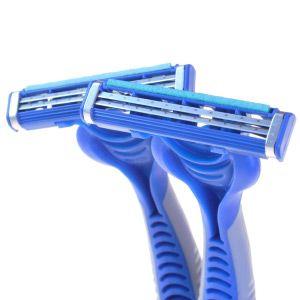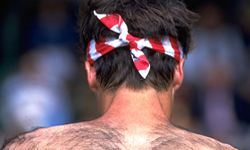If you asked this question in the days of antiquity, the answer would be a resounding "yes." In the Roman Empire, men would remove hair from their faces by basically scrubbing it off with pumice stones. Prior to that, if cave drawings can be trusted, it seems that men used seashells and shark's teeth to either scrape or tweeze the hair off their mugs. Neither method would have been very skin-friendly.
But in these days of quintuple blades, lubrication strips and vibrating razors, have things really improved? The answer, as with so many of life's profound questions, is that it depends.
Advertisement
More specifically, it depends on using proper shaving techniques to go from scruff to buff. In fact, if you employ the right shaving techniques, the act can actually be good for the skin, both increasing collagen production and acting as an exfoliant by removing dead skin cells. Shave improperly, though, and a range of problems can arise, as we'll see on the next page.
Advertisement



